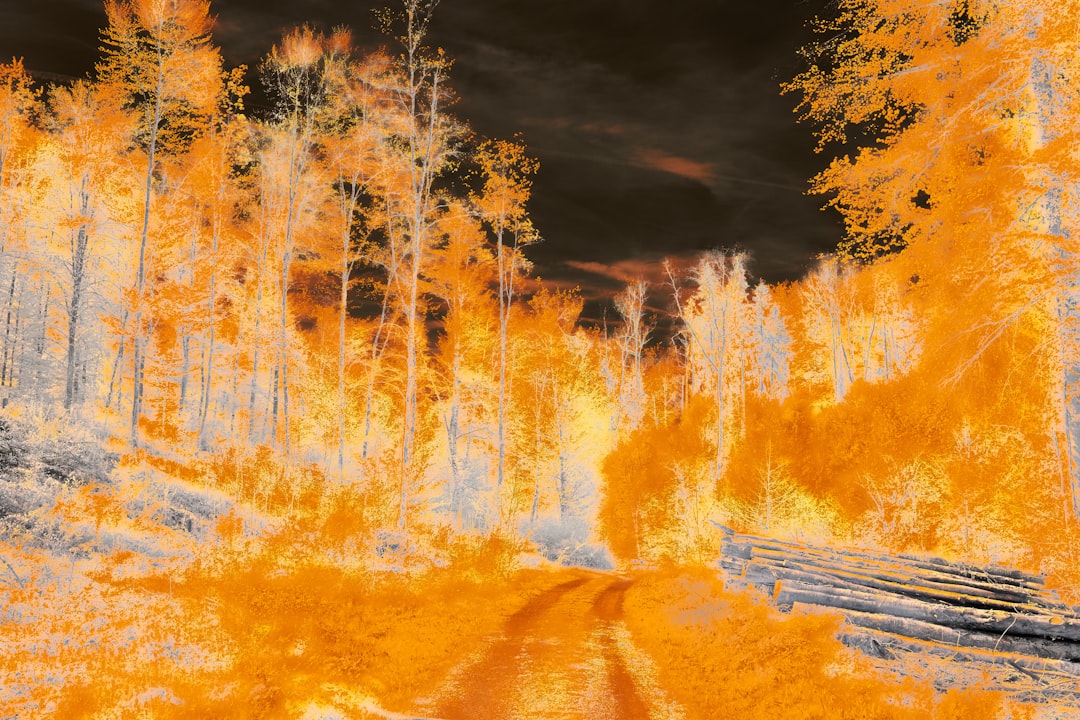Fall Yard Magic: The Art of Mulching

As the leaves start to change and the air turns crisp, fall is not just a season of beautiful colors but also a crucial time for yard care. One of the most effective ways to protect your plants, retain soil moisture, and reduce weeds is by mulching. In this article, we'll explore how and when to mulch in the fall to ensure your yard stays healthy and vibrant throughout the colder months.
### Why Mulch in the Fall?
Fall mulching offers a multitude of benefits for your garden. First and foremost, it acts as a protective blanket for your plants. As the temperatures drop, the cold can be harsh on plant roots. A layer of mulch helps to insulate the soil, keeping the roots at a more stable temperature. This is especially important for perennials and young plants that are more susceptible to cold damage.
Another significant advantage is moisture retention. During the fall, the weather can be unpredictable, with periods of dryness followed by heavy rains. Mulch helps to regulate the moisture in the soil by preventing evaporation during dry spells and absorbing excess water during wet periods. This ensures that your plants have a consistent supply of moisture, which is essential for their survival and growth.
Mulching also plays a crucial role in weed control. By covering the soil surface, it blocks sunlight from reaching weed seeds, preventing them from germinating. This reduces the amount of time and effort you need to spend on weeding, allowing you to focus on other aspects of yard care.
### When to Mulch in the Fall
The timing of fall mulching is crucial. You want to wait until the soil has cooled down but before the first hard frost. In most regions, this is typically in late October or early November. If you mulch too early, the soil may stay too warm, which can encourage plants to continue growing when they should be going dormant. On the other hand, if you mulch too late, the cold may already have damaged the plant roots.
### How to Mulch in the Fall
1. **Prepare the Area**: Before applying mulch, remove any weeds, debris, or dead plants from the garden bed. This will ensure that the mulch has direct contact with the soil and can provide maximum benefits.
2. **Choose the Right Mulch**: There are many types of mulch available, including organic and inorganic options. Organic mulches, such as shredded leaves, bark chips, and straw, are a popular choice because they break down over time, adding nutrients to the soil. Inorganic mulches, such as gravel and landscape fabric, are more long-lasting but do not provide the same nutrient benefits.
3. **Apply the Mulch**: Spread a layer of mulch around your plants, making sure to leave a small gap around the base of the plant to prevent moisture from accumulating and causing rot. The thickness of the mulch layer will depend on the type of mulch you are using, but a general rule of thumb is to apply 2 - 4 inches of mulch.
4. **Maintain the Mulch**: Over time, the mulch will break down and need to be replenished. Check the mulch layer regularly and add more as needed to maintain the desired thickness.
### Conclusion
Fall mulching is an essential part of yard care that can have a significant impact on the health and appearance of your garden. By following the tips outlined in this article, you can ensure that your plants are well-protected, the soil retains moisture, and weeds are kept at bay. So, grab your rake and get ready to give your yard the care it deserves this fall!